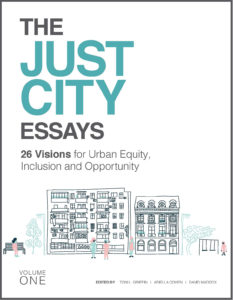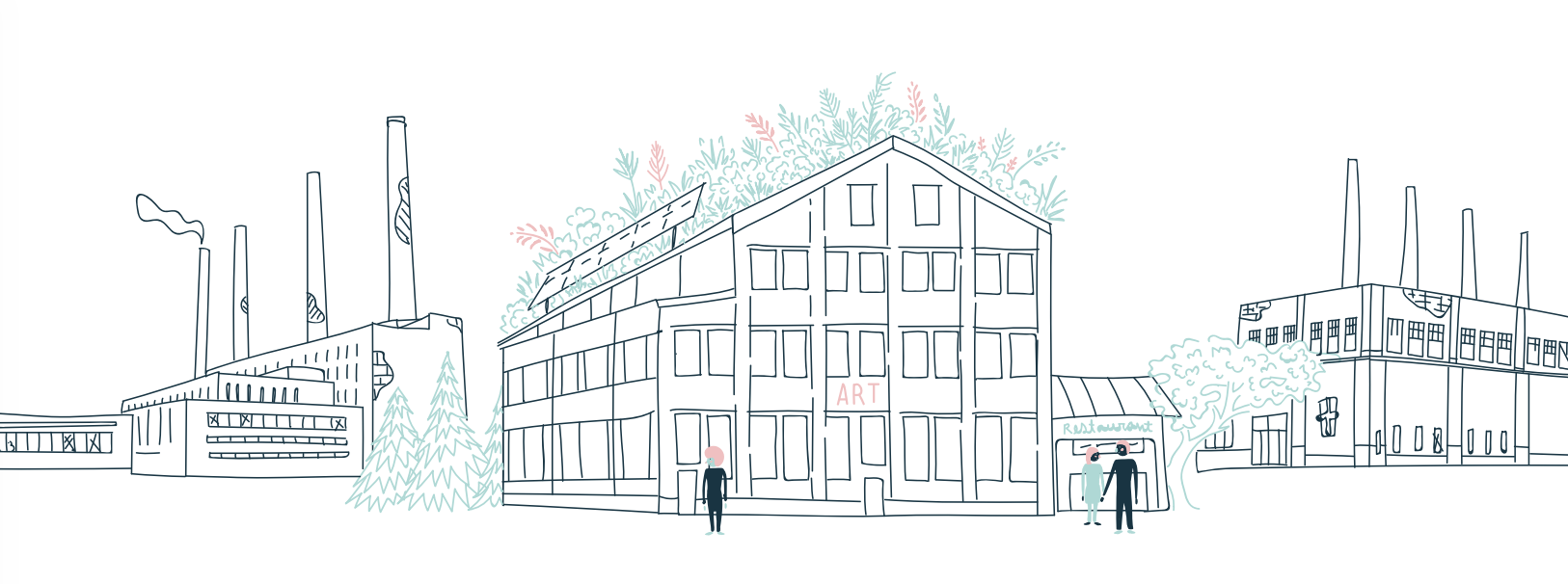“Five years ago, the Harvard Graduate School of Design’s Just City Lab published The Just City Essays: 26 Visions of Inclusion, Equity and Opportunity. The questions it posed were deceptively simple: What would a just city look like? And what could be the strategies to get there? These questions were posed to mayors, architects, artists, philanthropists, educators and journalists in 22 cities, who told stories of global injustice and their dreams for reparative and restorative justice in the city.
 These essays were meant as a provocation, a call to action. Now, during these times of dissonance, unrest, and uncertainty, their contents have become ever more important. For the next 26 weeks [starting June 15, 2020], the GSD and the Just City Lab will republish one essay a week here and at designforthejustcity.org. We hope they may continue conversations of our shared responsibility for the just city.
These essays were meant as a provocation, a call to action. Now, during these times of dissonance, unrest, and uncertainty, their contents have become ever more important. For the next 26 weeks [starting June 15, 2020], the GSD and the Just City Lab will republish one essay a week here and at designforthejustcity.org. We hope they may continue conversations of our shared responsibility for the just city.
We believe design can repair injustice. We believe design must restore justice, especially that produced by its own hand. We believe in justice for Black Americans. We believe in justice for all marginalized people. We believe in a Just City.”
—Toni L. Griffin, Professor in Practice of Urban Planning, founder of the Just City Lab, and editor of The Just City Essays
Home-Grown Justice In a Legacy City
By Karen Freeman-Wilson
I am the mayor of a legacy city, a city that rose and fell on the fluctuations of an industrial marketplace. Like Detroit, Cleveland, and dozens of other cities that have experienced continuous population and job loss since their peak, my hometown of Gary, Indiana, once provided the backbone of the nation’s economy. These cities led the way in educational innovation, architectural design and cultural development. In the 1920s, Gary earned the nickname of Magic City because of its exponential growth. Seventy years later, one half of the city’s population is gone, leaving an overwhelming inventory of vacant and abandoned buildings, a nearly 40 percent unemployment rate and a 35 percent poverty rate in the rear view mirror.
Despite the devastating statistics, Gary is home to people who continue to remain faithful after others left. These individuals are raising children, purchasing and maintaining homes, pursuing business opportunities and continuing to invest their time, talent and treasure in a city that some said was not worth the energy. These individuals are my neighbors, fellow church members, former teachers and classmates. My just city is dedicated to these legacy residents. Together, we must retool Gary into a city that better serves all of us. This is undoubtedly a complex proposition that requires vision, planning, faith, resilience and cheerleading. Continue reading on designforthejustcity.org…
